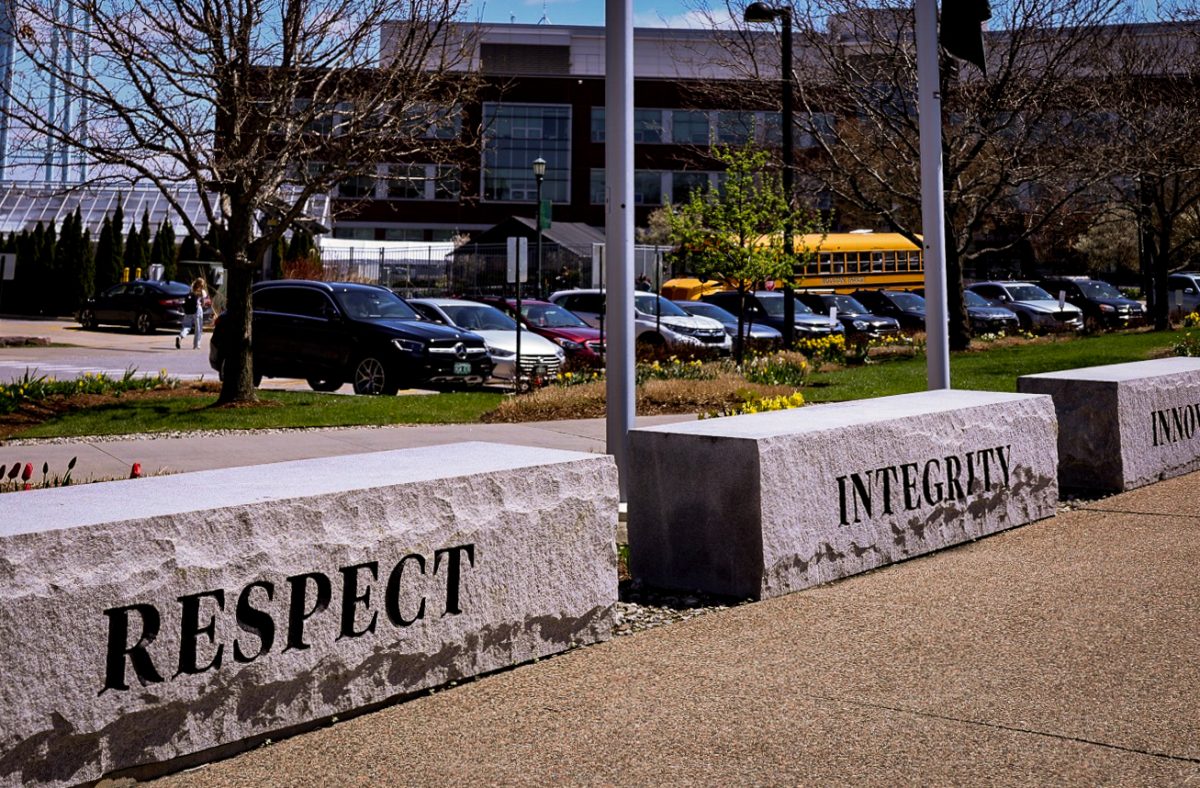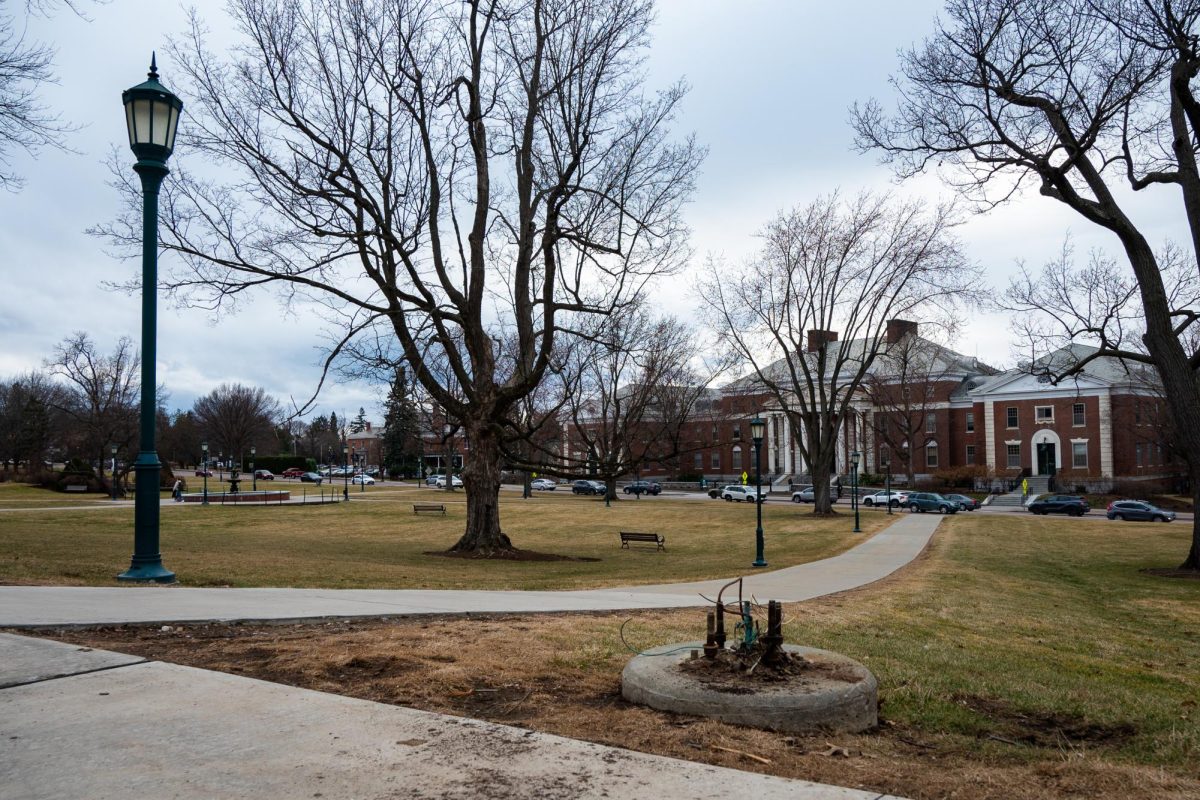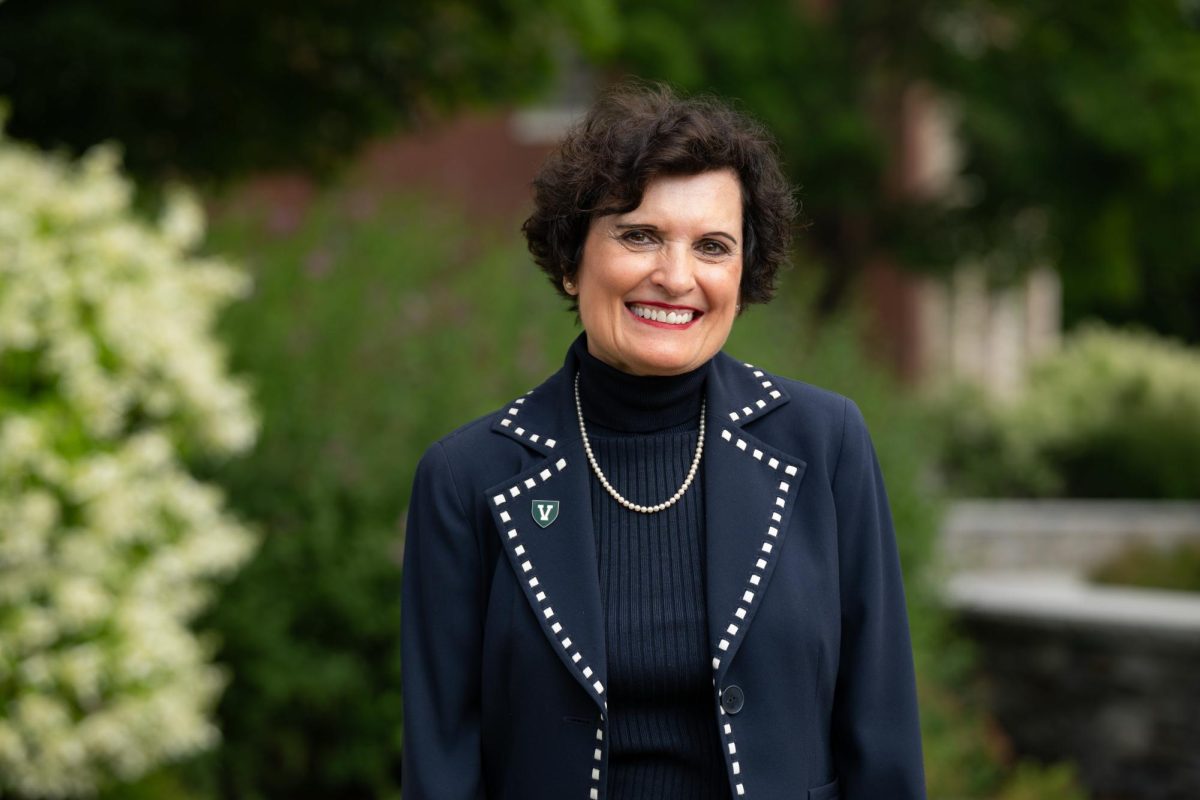The University Of Vermont’s Goal is clear: become the premiere environmental university in the world. The school developed its first official energy policy in 1990, and since 1992, $2.5 million has been spent towards energy conservation measures. Yet, considering certain employees who make more in one year than has been spent annually on environmental initiatives in almost 15, has the university taken the measures to rightfully call itself the top of the heap in environmental awareness? More importantly, how has the relatively minute sum been spent thus far? “Before any renewables take place there has to be efficiency and conservation,” said Dan Belhumer, vice president of Vermont Campus Energy Group (VCEG) responded when asked about how our investments have been allocated. According to Richard T. Wolbach, energy management engineer for the Department of Physical Plant, the first projects done under the 1990 policy involved efficiency retrofits to older buildings. This involved installing more efficient lighting fixtures, incorporating not only traditional lighting but emergency lights as well. Almost all of the 3,000 plus exit signs on campus, (which are by code required to run 24 hours a day) have been switched from traditional 40-100 watt signs to 0-2 watt signs, Wolbach said. The zero watt signs use a Brady glow product similar to the glow in the dark stars decorating the rooms of seven-year-olds across the country, which shine for up to 6 hours in case of an emergency. UVM hasn’t been alone in making transitions to more energy efficient technologies; both Buringlton Electric Department and Vermont Gas Systems have provided rebates to offset initial costs. Newer construction projects – University Heights and the Dudley H. Davis Center – boast innovative environmentally sound features. Low flow and composting toilets and showerheads are models for implementation throughout campus after being installed in University Heights. The Davis Center will be equipped with monitors to track energy use and harmful emissions, with plans to add these features to U-Heights as well. These measures, along with older environmental retrofits will save the University 20 percent on the $5 million energy bill yearly. The most visible of UVM’s environmental achievements is the 10,000-watt wind turbine that soars above central campus and powers some of the external lighting around Fletcher Allen Hospital. Yet, the turbine was only operating at 2.9 percent of capacity for the entire month of September, according to the Vermont Small-Scale Wind Demonstration Program. In another effort to reduce fuel consumption and emissions on campus, UVM fuels its fleet of buses with a mix of 20 percent biodiesel and 80 percent diesel. To further reduce emissions, the school, with cooperation from the city of Burlington, has acquired six new buses that run on compressed natural gas. Clean? Yes. Renewable? Not quite, but it’s a start. Currently being installed on campus is a central chilled water system. A complicated process, the gist is that the entire campus would be cooled through a piping system running back to a single, centralized cooling unit, saving energy through localization. The Energy Department has also begun to research the possibility of a “co-generation project,” entailing a turbine being installed on the current University steam heating system. Electricity produced by the fan would offset raising energy costs caused by new construction and burgeoning student population. “I think of UVM aspiring to be a green university. I also like to think of us as aspiring to be greener,” Wolbach said regarding his hopes for the University. “To be green is relatively easy nowadays. To be better, to be greener, to take that approach where we do that little bit extra to take us to the next level, that’s the exciting part that we need to strive for.” Indeed, the University of Vermont is making giant steps towards becoming what it has long claimed to be – the leader of collegiate environmental awareness. With still miles to go, it’s up to students to take action. On campus groups such asVermont Campus Energy Group (VCEG), Vermont Student Energy Program (VSTEP) and the Environmental Council have their fingers in every green-related event. The little things – recycling, not littering, everything taught in fourth grade still applies and still helps the cause. Despite excellent signs for the future, issues and discrepancies remain. President Daniel Fogel’s yearly salary ($283,868) is more than the average yearly amount spent on energy conservation (approximately $167,000). One year of Fogel’s pay could purchase the University of Vermont a new wind turbine or solar site. At this point, despite moves in the right direction, the administration is doing little more than talking and shuffling. Instead of empty words, it’s up to the students to force the powerful to move to the beat of their own rhetoric. “What you’ve heard about [renewables] is they cost a lot. Well so what? So does a Ferrari.” exclaimed Nikola Janjic, VCEG president. “People, especially financial administrators, always use the argument that the costs of renewable energy are too high compared to conventional energy. This in my opinion is completely false/bogus. They are not taking [into consideration] the real costs that coal, nuclear and large hydro dams have on society…cancer…pollution and runoff.” Also expensive is the massive LCD TV screen which popped up in the University Heights’ “Green” dorm long before composting began on even the bottom floor. A darkly comical but also telling piece of evidence as to the University’s actual policy, especially when one considers that school mandated composting still has not spread to every floor of the dorm. If students here at UVM really want to make change and get renewables on campus, it has to be worked for. If the administration can’t justify spending a considerable chunk of change per year toward clean and renewable energy, it’s their responsibility to prove it’s justifiable. It’s the student body’s obligation to make sure the money they spend each year is going toward what environmentally conscious initiatives they think are important. If each student put $5 per year toward renewable energy sources, the total could purchase either a new wind turbine or solar site each year. Get informed, get involved and help build the University into what we all know it can be.
Categories:
Is it easy to be green
October 17, 2006
0
More to Discover







